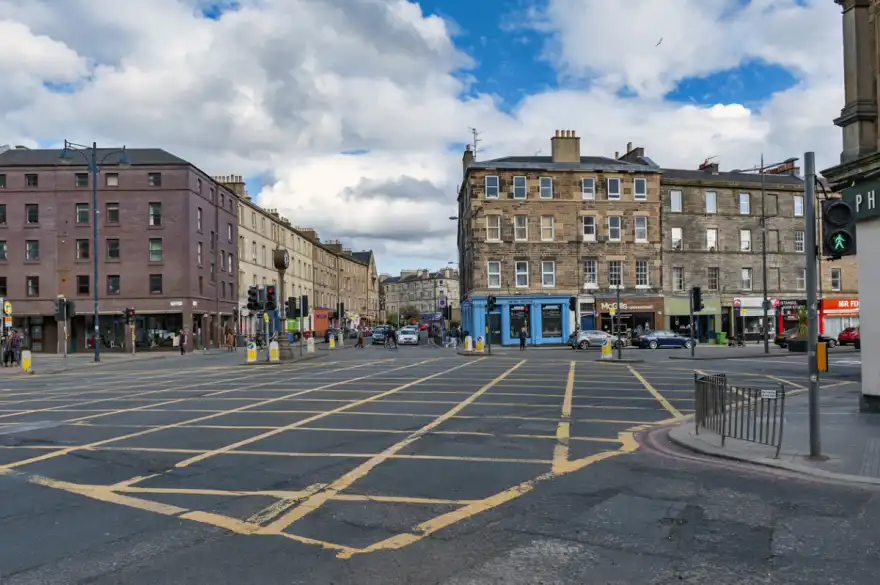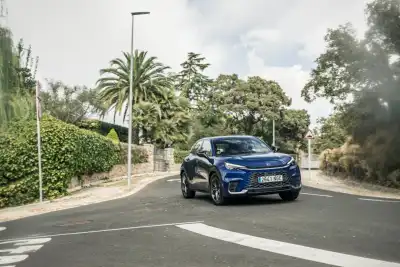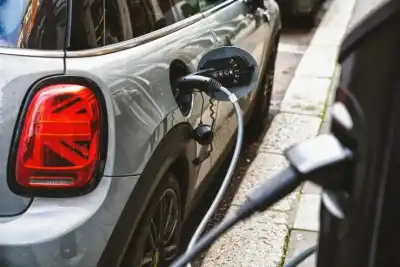
A recent study commissioned by the RAC looked at yellow box junctions in London and Cardiff. The study found that nearly all of these junctions are larger than they need to be, resulting in numerous fines for drivers and worsening traffic congestion.
Sam Wright, an expert engineer, was tasked with examining these junctions. He discovered that out of the 100 junctions analysed, an overwhelming 98 were oversized. On average, these boxes were 50% larger than necessary to fulfil their main purpose of preventing vehicles from blocking other crossing traffic.
Interestingly, more than half of these junctions (53) aren't controlled by traffic lights. This means they could easily be replaced with simpler 'keep clear' markings, which would serve the same purpose without risking fines for drivers.
Yellow boxes are meant to keep traffic flowing smoothly at busy junctions. However, if these boxes fail to prevent vehicles from blocking crossing paths, they serve no purpose. Despite this, current guidance is vague, leading to inconsistent enforcement by councils.
Poorly designed, oversized boxes also pose problems for drivers. According to Highway Code Rule 174, drivers should only enter a box if they can see their exit is clear. When boxes are too big or poorly marked, it's hard for drivers to judge whether it's safe to enter.
Although there have been instances where drivers successfully challenged fines for oversized boxes, these victories haven't resulted in lasting change. That's why the RAC and Sam Wright are urging the government to update guidance for councils, clearly outlining the purpose of yellow boxes and how they should be used to prevent traffic congestion.
There are several reasons why yellow boxes might be too big. One common reason is that they were painted before 2016 when regulations were last updated, requiring boxes to extend to the kerbs on either side of the junction.
Government guidance from 2022, mainly aimed at new councils enforcing traffic offenses like yellow boxes, advises against starting enforcement action where improvements to the highway or traffic signs could prevent violations. This guidance should also apply to councils in London and Cardiff already enforcing yellow boxes, even if not formally stated.
In addition to size issues, a study commissioned by the RAC found that a fifth of the analysed yellow boxes (22) may not comply with Traffic Signs Regulations 2016 because they:
- Extend beyond a junction by at least a car length, making it hard for drivers to see where the box ends and increasing the risk of accidental stops.
- Are in non-permitted locations, such as outside private car parks or on roundabouts without traffic lights.
- Cover the far side of a T-junction, which has been ruled as non-compliant in several adjudicator cases since stopping in this part of a box doesn't affect the passage of other traffic.
Rod Dennis, RAC's spokesperson, said: “With more and more councils starting to enforce yellow box junctions, it is absolutely vital that they are designed first and foremost with aiding traffic flow and that they don’t exist simply to raise revenue from drivers.
“Unfortunately, any box that is bigger than needed – whether that’s due to an oversight on the council’s part or because it was painted on the road many years ago and hasn’t been reviewed – risks drivers being fined unnecessarily when their actions haven’t contributed to congestion.
“What’s more, if a driver can’t clearly see where a box ends but they know there’s a chance of getting fined if they stop in one, they’re more likely to hesitate – meaning traffic could start backing up, which is the polar opposite of what yellow boxes are intended to do.
“It’s therefore all the more frustrating to see that almost all of the 100 yellow boxes examined for this study are larger than they need to be. We fear that unnecessary penalties are going to mushroom in the coming years as more councils start enforcing yellow boxes, unless a responsible approach to the design and enforcement of them is taken.
“That’s why we need the Government to urgently issue fresh guidance to local authorities – something we have been calling for for two years now.”
Sam Wright added: “Making sure yellow boxes are the correct size is extremely important when you consider that even a car bumper overhanging part of a box can result in a driver being fined to the tune of up to £160 depending on where they are in the country. Yet in so many cases, drivers can’t avoid stopping in them – a good example being where a yellow box is so big that a driver can’t see where it ends. Throw in some bad weather that reduces visibility, and the potential for unnecessary fines increases still further.
“The Government has stated that ‘poorly designed schemes can undermine enforcement overall and give rise to public perception of revenue raising.’ But it needs to go further and be crystal clear with local authorities about what is acceptable and what isn’t when it comes to the design of yellow box junctions. The current official design guidance is woefully inadequate and needs to be updated.”
What happens if you stop in a yellow box junction?
In London, many yellow box junctions have cameras to catch drivers who use them incorrectly. On Transport for London (TfL) red routes, the penalty charge is £160, which reduces to £80 if paid within 14 days. In London Boroughs, the penalty is £130, reduced to £65 if paid within 14 days. In Cardiff and other English areas with enforcement power, the penalty is £70, dropping to £35 if paid within 21 days.



